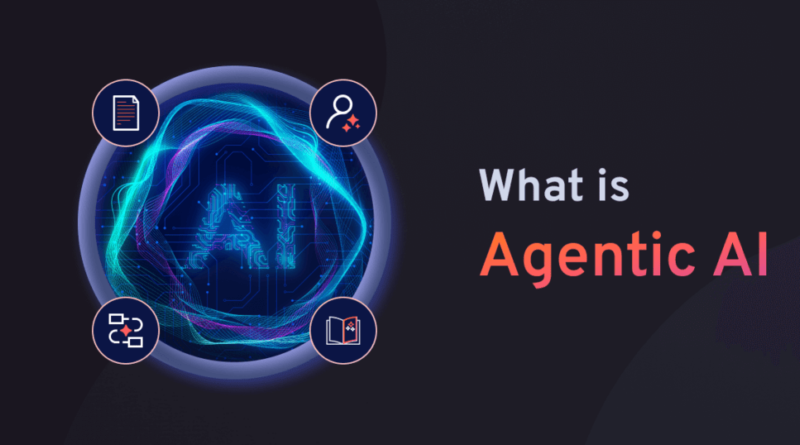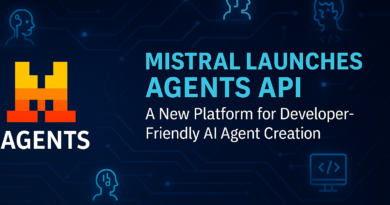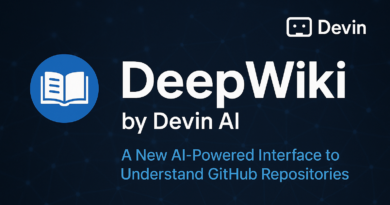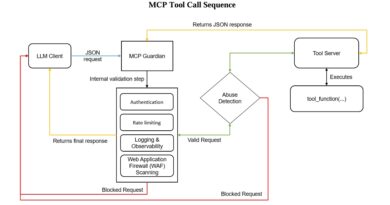Agentic AI: The Next Frontier in Autonomous AI Systems
The rise of Agentic AI represents a significant shift in the world of artificial intelligence, offering systems capable of autonomous decision-making and goal-directed behavior with minimal human intervention. By integrating advanced cognitive abilities, Agentic AI can solve complex problems, adapt to changing environments, and interact with the world more intelligently. This blog explores the core components of Agentic AI Architecture, its technologies, applications across industries, and how it can transform enterprise operations.
What is Agentic AI?
Agentic AI refers to AI systems designed to exhibit goal-directed behavior and solve complex problems autonomously. These systems are composed of multiple intelligent agents that can either be orchestrated centrally or work in a decentralized manner. With the ability to interact among themselves and with external systems, these agents are designed to plan, learn, adapt, and execute tasks in a coordinated and efficient way.

Core Components of Agentic AI Architecture
Agentic AI systems comprise several interconnected components, each contributing to the system’s overall intelligence and autonomy.
1. Perception Module
- Sensory Input: Receives data from sensors, such as cameras, microphones, and other digital sources.
- Feature Extraction: Processes raw data to extract meaningful features for decision-making.
- Object Recognition: Uses computer vision, natural language processing (NLP), and machine learning algorithms to identify objects and entities in the environment.
2. Cognitive Module
- Goal Representation: Defines the agent’s objectives and desired outcomes.
- Planning: Generates strategies and plans to achieve goals, considering capabilities and environmental constraints.
- Decision-Making: Selects the optimal action based on the situation, goals, and available options.
3. Action Module
- Actuators: Controls the agent’s physical or virtual actions through devices like motors, speakers, or network interfaces.
- Execution: Implements the selected action to interact with the environment.
4. Learning Module
- Reinforcement Learning: Learns from actions by receiving rewards or penalties.
- Supervised Learning: Uses labeled data to learn correct responses.
- Unsupervised Learning: Discovers patterns and relationships in unlabeled data.
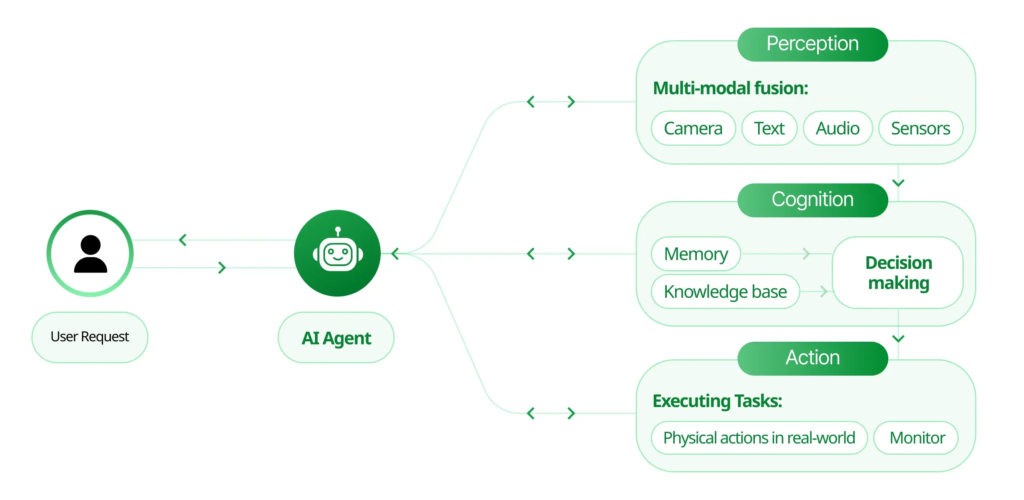
How Agentic AI Systems Work
Agentic AI systems operate in a cycle of perception, planning, decision-making, execution, and learning.
- Perception: Receives sensory input and extracts relevant information.
- Goal Representation: Defines goals such as “navigate to a location” or “maximize productivity.”
- Planning and Decision-Making: Based on goals, the agent develops a plan and selects the best course of action.
- Execution: Executes the selected action, either physically or digitally.
- Learning: Continuously updates its knowledge and refines strategies based on feedback.
Technologies Involved in Agentic AI Systems
1. Machine Learning and Deep Learning
Agentic AI heavily relies on machine learning and deep learning to adapt and learn from data, making it possible for agents to improve their performance over time. Technologies like reinforcement learning are essential for adaptive learning.
2. Computer Vision and NLP
- Computer Vision: Enables the perception module to understand visual input and identify objects.
- NLP: Helps agents interpret and generate human language, improving interaction with users and other systems.
3. Robotics and Planning Algorithms
- Robotics: Often, agents are embodied in robots capable of interacting with the physical environment.
- Planning Algorithms: Techniques like A search* and Dijkstra’s algorithm help generate optimal plans to achieve goals.
4. Cloud Services for AI
Platforms like Azure AI Studio and Azure Kubernetes Services (AKS) provide the infrastructure to deploy agentic systems. These cloud-based services are essential for scalability, security, and efficient deployment of multi-agent architectures.
Applications Across Various Industries
1. Autonomous Vehicles
Autonomous vehicles utilize agentic AI for real-time navigation, decision-making, and interaction with other vehicles. The perception module gathers data from sensors, while the cognitive module processes this data to control the vehicle safely.
2. Healthcare
In healthcare, AI agents can assist in diagnostics, recommend treatments, and monitor patients. By integrating with electronic health records (EHRs), agentic AI offers comprehensive care, analyzing medical data, genomics, and wearable device metrics.
3. Finance
Agentic AI systems are also revolutionizing finance by executing autonomous trading, analyzing market trends, and making risk management decisions. AI-driven risk management and predictive analytics help financial institutions optimize their operations.
Challenges in Implementing Agentic AI Architecture
- Ethical Considerations: Issues related to bias, fairness, and accountability need to be addressed to ensure ethical AI practices.
- Data Privacy and Security: Ensuring the privacy and security of data handled by AI agents is crucial, particularly in healthcare and finance sectors.
- Complexity Management: Managing and integrating various modules, from perception to action, requires careful architectural design and effective project management.

Future Directions for Agentic AI
1. Advanced Learning Mechanisms
Future research will focus on improving few-shot learning and unsupervised learning capabilities to make agentic AI systems even more adaptive.
2. Optimized Human-AI Collaboration
Enhancing the interaction between humans and AI agents will make agentic systems more efficient, enabling human-in-the-loop operations where users collaborate with AI in complex tasks.
3. Greater Interoperability
Connecting agentic systems with other emerging technologies like IoT and blockchain will enhance the versatility and efficiency of AI agents, paving the way for even more cohesive systems.
Conclusion
Agentic AI architecture represents the next step in the evolution of artificial intelligence. By combining autonomous decision-making, cognitive planning, and learning, these systems can solve complex problems across a variety of industries. As the technology matures, continuous research will help overcome current challenges, ensuring that agentic AI remains a transformative tool for innovation and productivity.
Got an incredible AI tool or app? Let’s make it shine! Contact us now to get featured and reach a wider audience.
Explore 3600+ latest AI tools at AI Toolhouse 🚀. Don’t forget to follow us on LinkedIn. Do join our active AI community on Discord.
Read our other blogs on AI Tools
😁If you like our work, you will love our Newsletter 📰

